BYD Shark 6 vs Ford Ranger: Fresh PHEV challenger sizes up against traditional diesel ute hero
The BYD Shark 6 is the biggest news in the ute market for years.
Utes have been mostly predictable and followed a familiar formula as their popularity has grown.
But the BYD Shark 6 is set to shake things up.
Instead of diesel it utilises a petrol-fed plug-in hybrid EV (PHEV) drivetrain. And it arrives with a price tag set to rattle the establishment.
READ MORE: BYD Shark 6 priced from $57,900 plus on-road costs, undercutting Ranger and Hilux
READ MORE: BYD Shark 6 first drive review
READ MORE: First overseas drive: BYD Shark 6 PHEV ute
READ MORE: Bigger BYD Shark electrified ute could shake up market dominated by Ford, Chevrolet and Ram
So how does the newcomer stack up against the benchmark in the class, the Ford Ranger?
And will the Shark 6’s PHEV drivetrain be enough to woo buyers away from diesel?
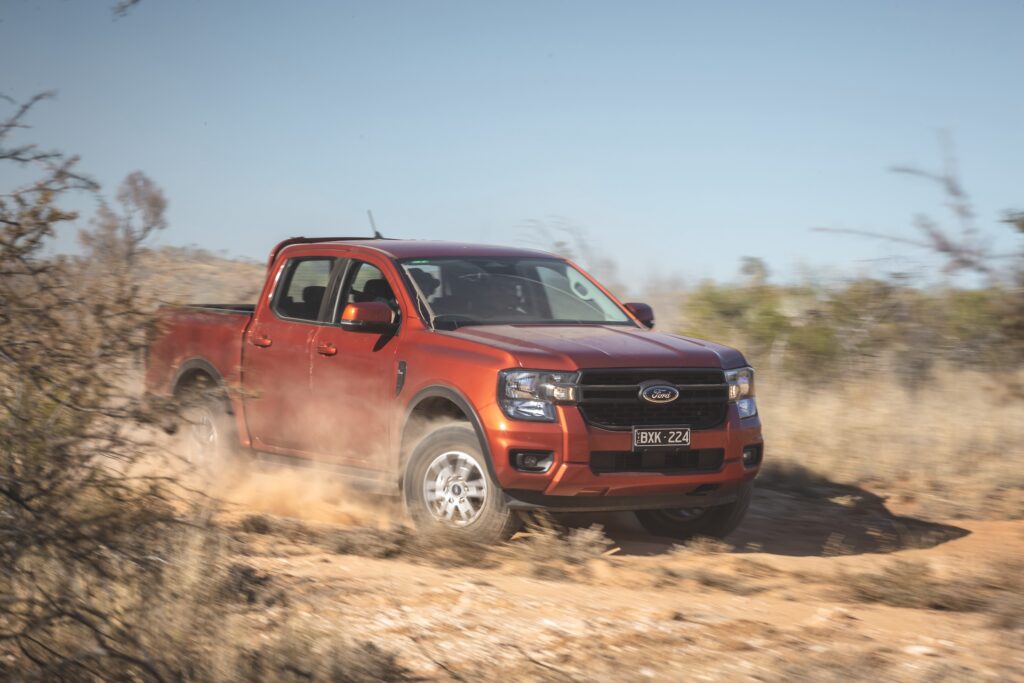
We’ve pored over the specs and crunched the numbers to see which is best: the BYD Shark 6 or the Ford Ranger.
Priced to thrill
For now the BYD Shark 6 is a one-size-fits-all model known as the Premium.
It’s a dual-motor all-wheel drive with a five-seat dual-cab ute body.
It’s a far cry from the plethora of variants offered in the broader ute market, Ranger included.
And no doubt some won’t find the configuration they’re after.
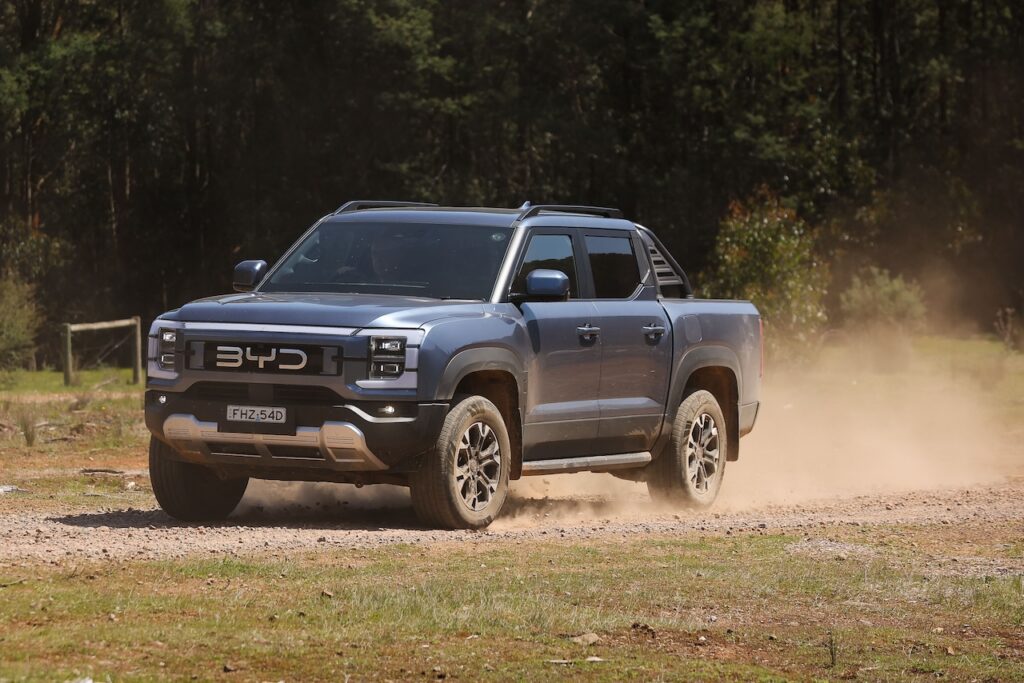
The Ranger is available in cheaper two-wheel drive models and with different body styles, including a single cab, two-seat body and also cab-chassis models that allow customisation of the load area.
But the pricing of the Shark 6 is sharp.
The list price is $57,900 plus on-road costs, which amounts to $60,881 drive-away in NSW.
Go shopping for a Ranger and the closest variant on price is the XLS 4×4 dual-cab.
It’s $57,630 plus on-road costs, or $64,257 drive-away in NSW.
Spec battle
When it comes to features it’s a clear win to the Shark 6.
But the Ranger fights back with some surprises.
Both come with dual-zone ventilation, wireless Apple CarPlay and Android Auto, front and rear parking sensors and a plethora of active safety kit, including auto braking, blind spot warning and speed sign recognition.
There’s also remote connectivity and over-the-air software updates.
However, the Shark 6 allows you to use your phone as a key. As long as the phone is with you the doors will unlock or lock when you walk away.
The Ranger only allows you to lock and unlock the vehicle via the app.
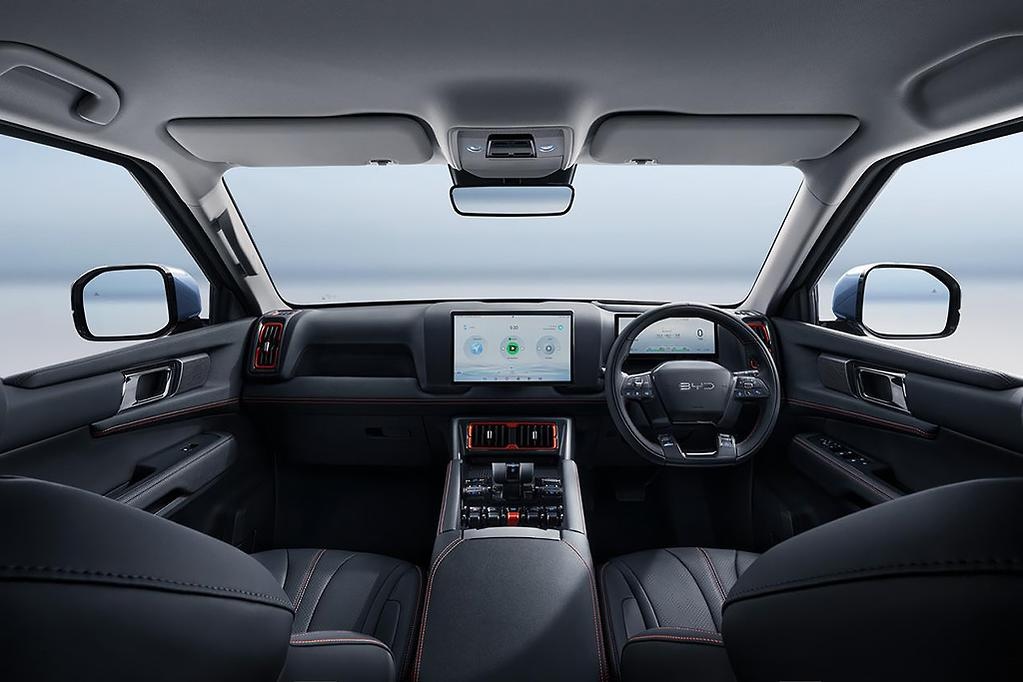
The Ranger runs on 16-inch alloys, the Shark 6 gets 18s. Each has a full-size spare and in both cases it’s a non-matching steel rim.
The Shark 6 also gets a 360-degree camera, heated and ventilated front seats, power adjustable front seats and tyre pressure monitors.
All those features are available on more expensive versions of the Ranger.
But the head-up display is not, adding a big ticket item to the Shark’s artillery.
There’s also front cross traffic alert to add to the rear cross traffic alert available on both. It helps spot cars arriving from either side when coming out of tight parking spots or side streets.
Whereas the Shark 6’s seat trim is fake leather, the Ranger’s is cloth, but spend more and you can get leather-accented trim (a mix of real and fake stuff).
And spend enough on a Ranger and you can also get matrix LED high beams, which can blank out other vehicles for better night vision on country roads.
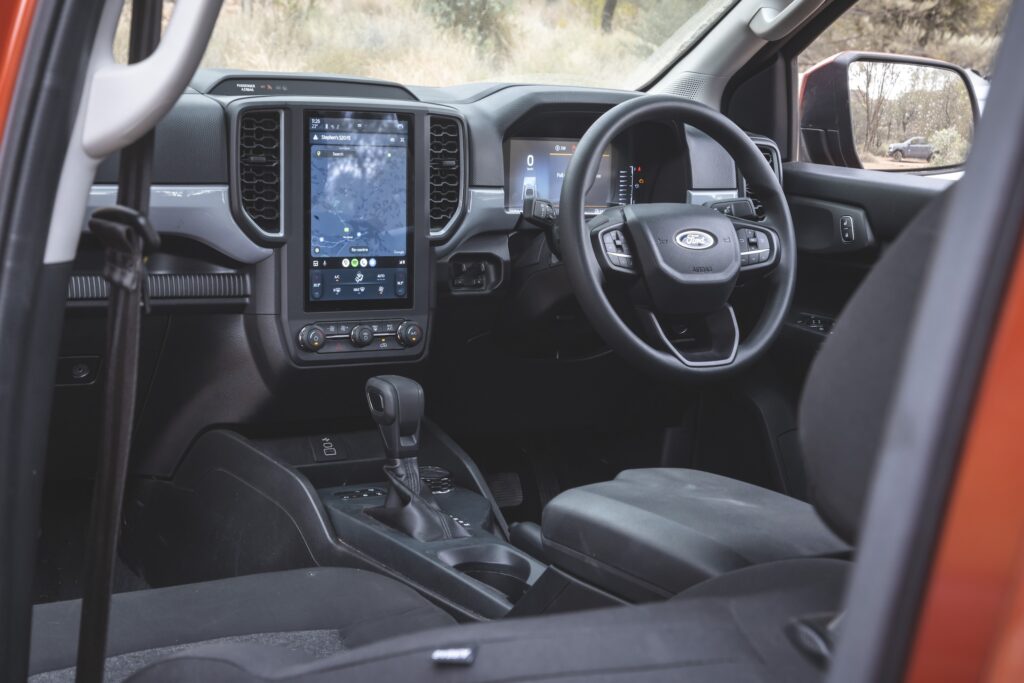
The Shark 6 gets a 10.25-inch digital instrument cluster and 15.6-inch central infotainment screen.
The Ranger gets an 8-inch instrument cluster and 10.1-inch infotainment screen (some models get a 12.4-inch instrument cluster and 12-inch central display).
Smartening up
Some versions of the Ranger fight back with some clever touches, especially if you want to go accessorising.
Add lights or a winch, for example, and you can option a Touring Pack that includes auxiliary switches integrated into the roof and much of the wiring ready to go under the bonnet.
Like the exterior zone lighting system – which allows different external lights to be illuminated, which is great for a campsite – it’s not available on the XLS we’ve looked at here. You have to spend more and then tick the option box for that pack.
And the Ford gets a plethora of accessories, many developed by ARB.
That said, the Shark 6 also gets the basics with its choice of factory-approved accessories engineered by Ironman.
There are bullbars, tonneau covers, sports bars and a roof platform as a start.
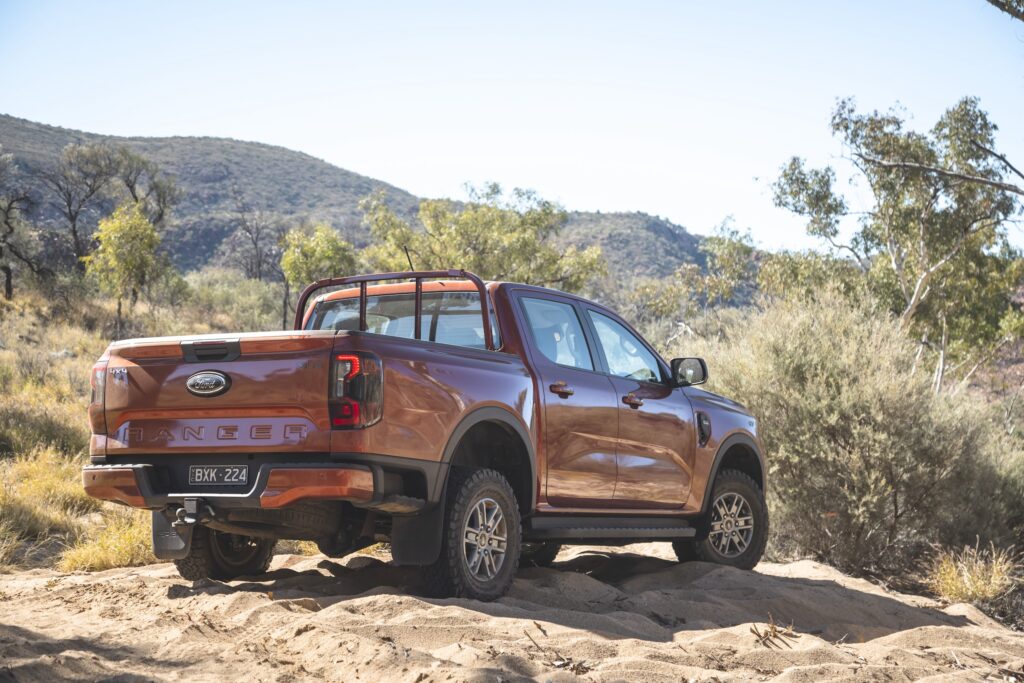
The second battery available on the Ranger is handy for powering fridges, lights and other accessories when the car is off.
But it’s only got a fraction of the capacity of the 29.58kWh high voltage battery in the Shark. That battery is mostly there to drive the car but can also power regular household devices via four powerpoints (three in the tray, one in the cabin). Each can accept anything from a toaster or kettle to camp lights and a fridge.
That so-called vehicle-to-load (V2L) function has three powerpoints in the tray and another one in the cabin. Each can only operate with the ignition switched on, but hopefully a software update will allow it to be utilised when the car is parked. There’s also an adapter that plugs into the charge port that can be run when the car is powered off, but for running a fridge that you want to get constant power – when the car is moving or parked – it’s not practical to keep switching between the two outlets.
Sizing up
At 5457mm long and 1971mm wide the Shark 6 is 87mm longer and 53mm wider than the Ranger XLS.
At 1925mm higher it also stands 50mm taller than the Ranger.
It’s a big vehicle, and you get that when you step inside.
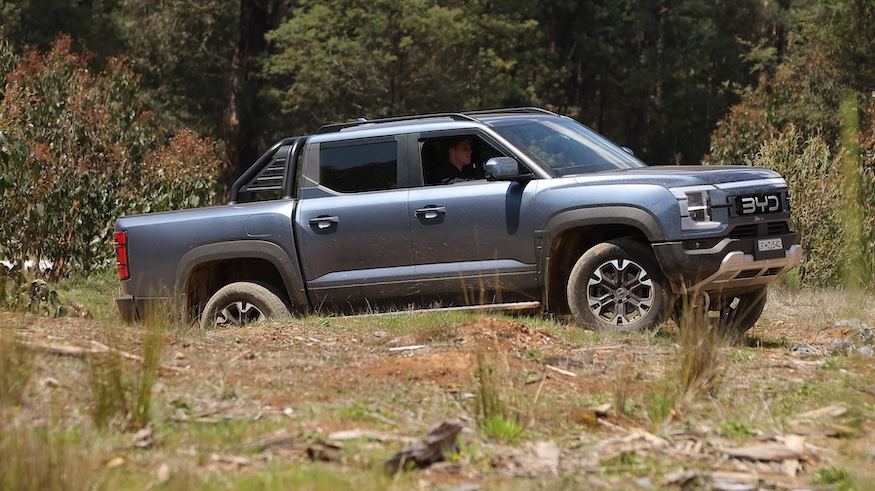
In the back seats, in particular, the Shark 6 has terrific adult-friendly accommodation.
And if you want to pop three across the back seats then the middle person is going to be a lot happier in the Shark 6 thanks to its flat floor.
Hauling heavy things
If you want to go towing heavy loads then the Ford Ranger wins.
It has a 3.5-tonne tow capacity versus 2.5 tonnes for the BYD Shark 6.
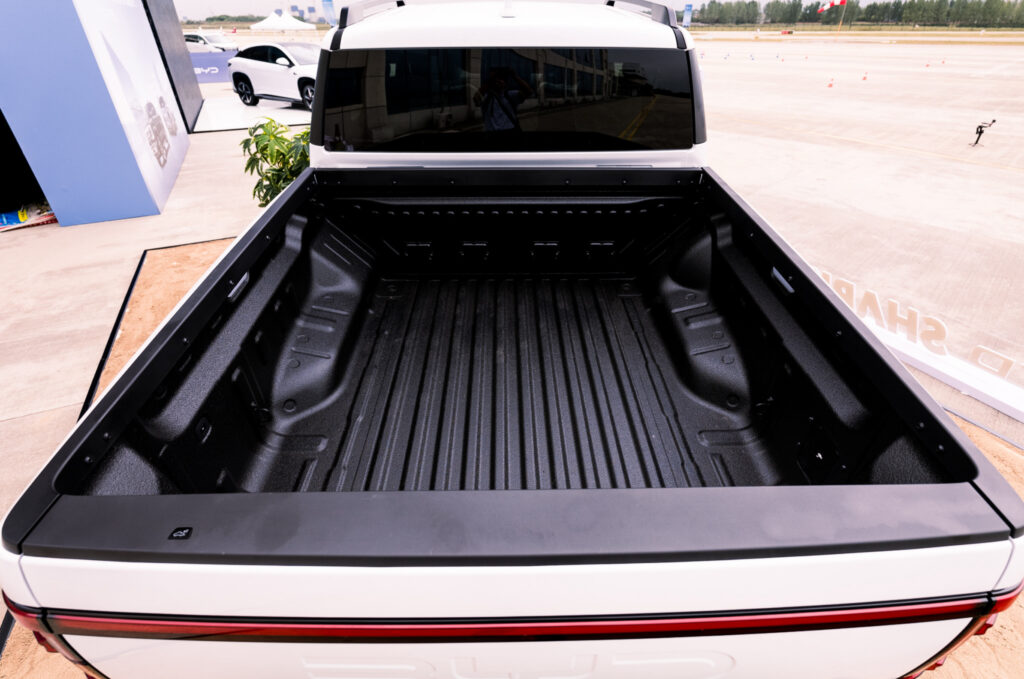
The Ranger also comes with a standard tow kit with brake controller whereas in the Shark you’re paying extra for that.
The Ranger XLS also has a payload of 983kg versus 790kg for the Shark 6.
That’s partly because the Shark comes with more gear, although even well-specced Rangers can still carry more.
If you’re towing 2500kg in a Shark 6 then your payload drops to at least 540kg (the gross combination mass hasn’t been confirmed yet and could further impact that).
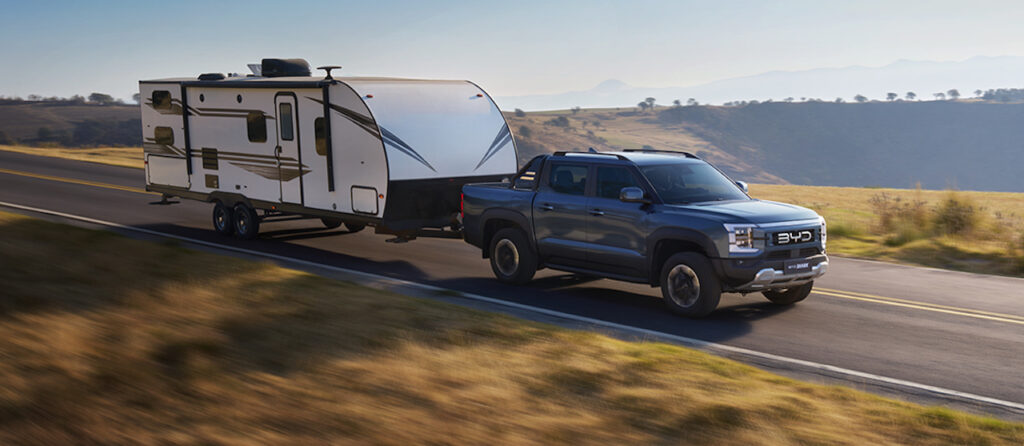
Tow that same 2.5 tonnes in the Ranger XLS and your payload is still 733kg. Even with 3500kg out back the XLS can take another 603kg of people, luggage, accessories and gear.
Up and running
If it’s grunt you want then look no further than the BYD Shark 6.
Its 321kW of power is more than double that of the 2.0-litre four-cylinder twin turbo engine in the Ranger XLS (154kW).
And while the Shark 6 is heavier, at a portly 2710kg versus 2247kg for the Ranger, the BYD still has a big power to weight advantage.
Torque, too, is a win to the Shark 6. There’s a full 650Nm on offer, well up on the 500Nm of the Ranger. Even if you opt for the Ranger V6 (only available in more expensive models) you’re getting less overall grunt (184kW/600Nm).
No surprise, then, that the Shark 6 is significantly quicker.
BYD claims it’ll top 100km/h in as little as 5.7 seconds.
The Ranger, on the other hand, takes more like nine seconds to hit the same milestone.
Ability to run as an EV
The Shark 6 also has one big advantage over the Ranger: it can run as an EV part of the time.
Its 29.58kWh battery is claimed to provide up to 100km of range according to the (very optimistic) NEDC test cycle. Think something closer to 70km in the real world and you’re closer to the money.
That’s obviously fine for plenty of people who do mainly shorter trips.
Still, that makes the Shark 6 fairly inefficient by EV standards (something like 30kWh/100km) but if you can charge up at home it’ll mean you’ll pay around $6 to travel that 70km.
Pop fuel in the Ranger and you’re likely to spend about $13 to go the same distance.
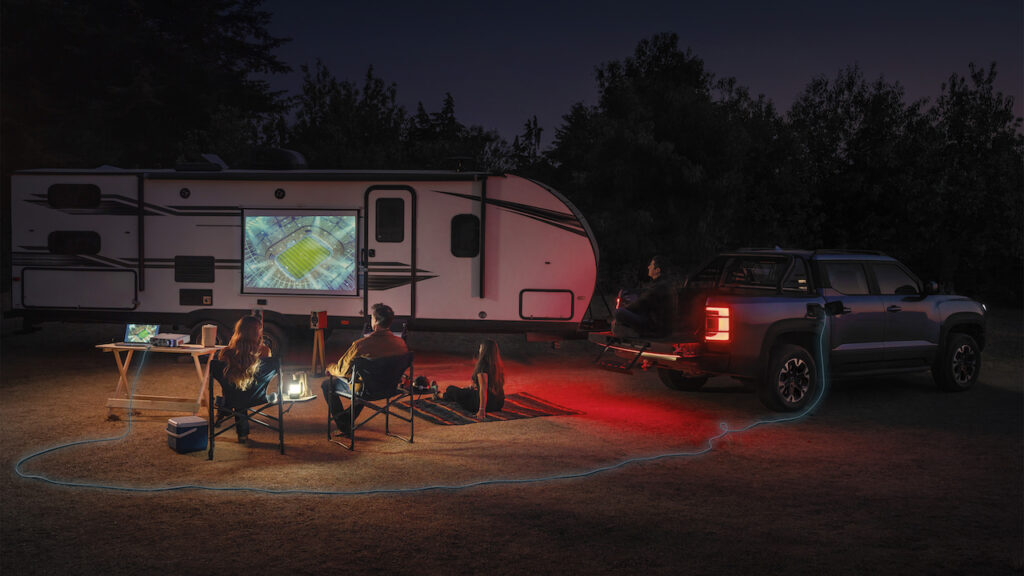
If you sign up to an EV electricity plan the Shark 6 could cost $1.70 or less to travel 70km.
Once the battery has been depleted it’s claimed to use more like 7.9 litres per 100km, slightly more than the Ranger XLS (7.6L/100km).
That means the biggest benefits with the Shark 6 come when you’re regularly charging it to take advantage of its EV-only ability.
Down and dirty
The Shark 6 has one huge point of difference beneath the skin.
Whereas most utes – the Ranger included – get a live rear axle with leaf springs, the BYD gets independent suspension and coil springs.
That brings big benefits on-road and even during gravel road running we’ve found the Shark 6 performs impressively.
Some will want the live axle because it’s the set-up serious four-wheel drivers yearn for to maximise wheel articulation.
That said, the Shark 6 doesn’t have diffs hanging below (there are two differentials, with no centre diff required because the two electric motors operate independently), making it easier to get over some obstacles.

The Shark 6 also gets 230mm of ground clearance versus 224mm for the Ranger XLS (other Rangers have 234mm).
Whereas the Ranger can drive through up to 800mm of water, the Shark 6 is limited to a still impressive 700mm.
The Ranger also gets a locking rear differential to help maximise traction in slippery or challenging terrain.
It helps make up for an average traction control system that occasionally leaves wheels spinning.
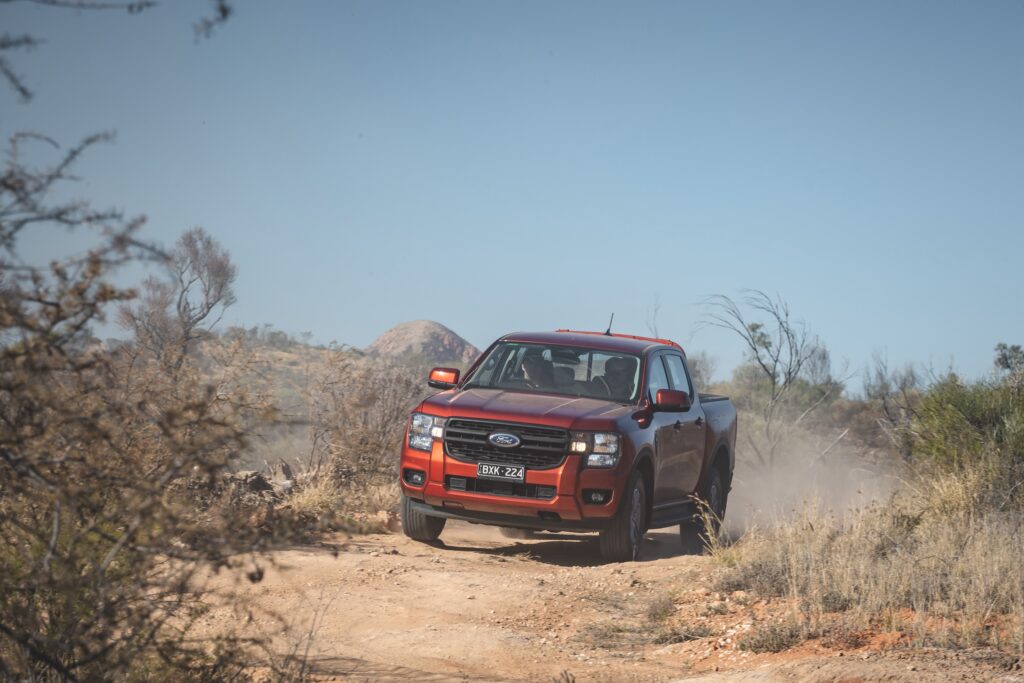
The Shark 6 gets open differentials front and rear with traction control to apply the brakes to wheels that are spinning.
Our experience suggests it’s fairly well calibrated, making it a surprisingly capable vehicle.
And the winner is…
Clearly there will be some who need the higher tow capacity and additional off-road hardware of the Ranger.
But the Shark 6 brings a heck of a lot to the ute table and packages it up in a stylish, practical and impressively well equipped machine.
It’s got a great interior with loads of space, plenty of features and a sharp price to tempt people away from the big players.

The Shark 6 also has a great hybrid drivetrain that brings new levels of performance to the ute category.
The ability to drive purely on electricity is a big win for the car that looks set to shake up the ute establishment.
BYD Shark 6 price and equipment
Price: From $57,900 plus on-road costs
Basics: PHEV, 5 seats, 4 doors, ute, AWD
Range: About 70-80km (EV only), about 800km (electric and petrol)
Battery capacity: 29.58kWh
Battery warranty: 8 years/160,000km
Energy consumption: TBA (EV consumption), 7.9L/100km fuel use in hybrid mode
Motors: 1 front and 1 rear; 321kW/650Nm (combined outputs)
AC charging: 7kW, Type 2 plug
DC charging: 55kW, CCS combo plug
0-100km/h: 5.7 seconds
Payload/tow capacity: 790kW/2500kg
Ford Ranger XLS price and equipment
Price: From $57,630 plus on-road costs
Basics: Diesel power, 5 seats, 4 doors, ute, AWD
Engine: 2.0-litre 4-cylinder twin turbo diesel
Power/torque: 154kW/500Nm
Fuel use: 7.6L/100km
Range: 1052km (assuming you match the claimed fuel use)
0-100km/h: about 9.5 seconds
Payload/tow capacity: 983kW/3500kg

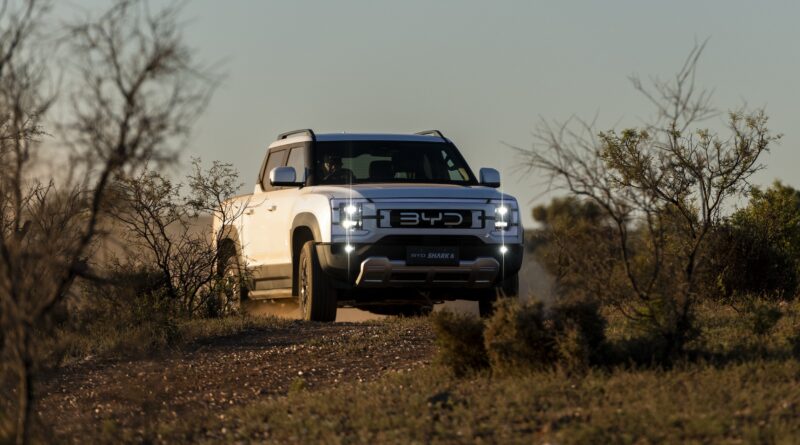
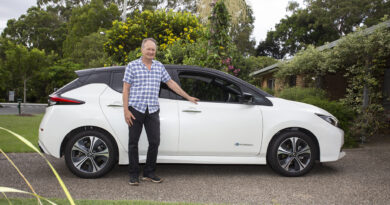
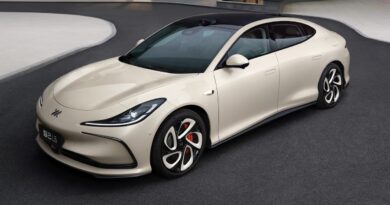
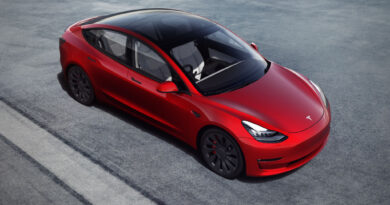
Hey Toby, I just want to pull you up on an error in your BYD Shark 6 review regarding the vehicle to load. Now this is important because it’s one of the differentiating features of this vehicle. If you want to operate the V2L feature whilst the vehicle is turned off, you need to use the adaptor that attaches to the charging plug. That is specifically designed for V2L with a turned off and locked vehicle. The internal power points can only be used when the vehicle is turned on as you said but BYD has thought of that and there is the alternative. The vehicle can be off and locked and you can still use the V2L function via the charging port adaptor.
Can you please post a correction to this because your error is likely to put people of buying the ute.
Thanks for pointing that out. I’ve updated the story to make it clear that the main V2L ports – the powerpoints in the tray and cabin – won’t provide power when the car is switched off, but that you can plug an adapter into the external charge port.